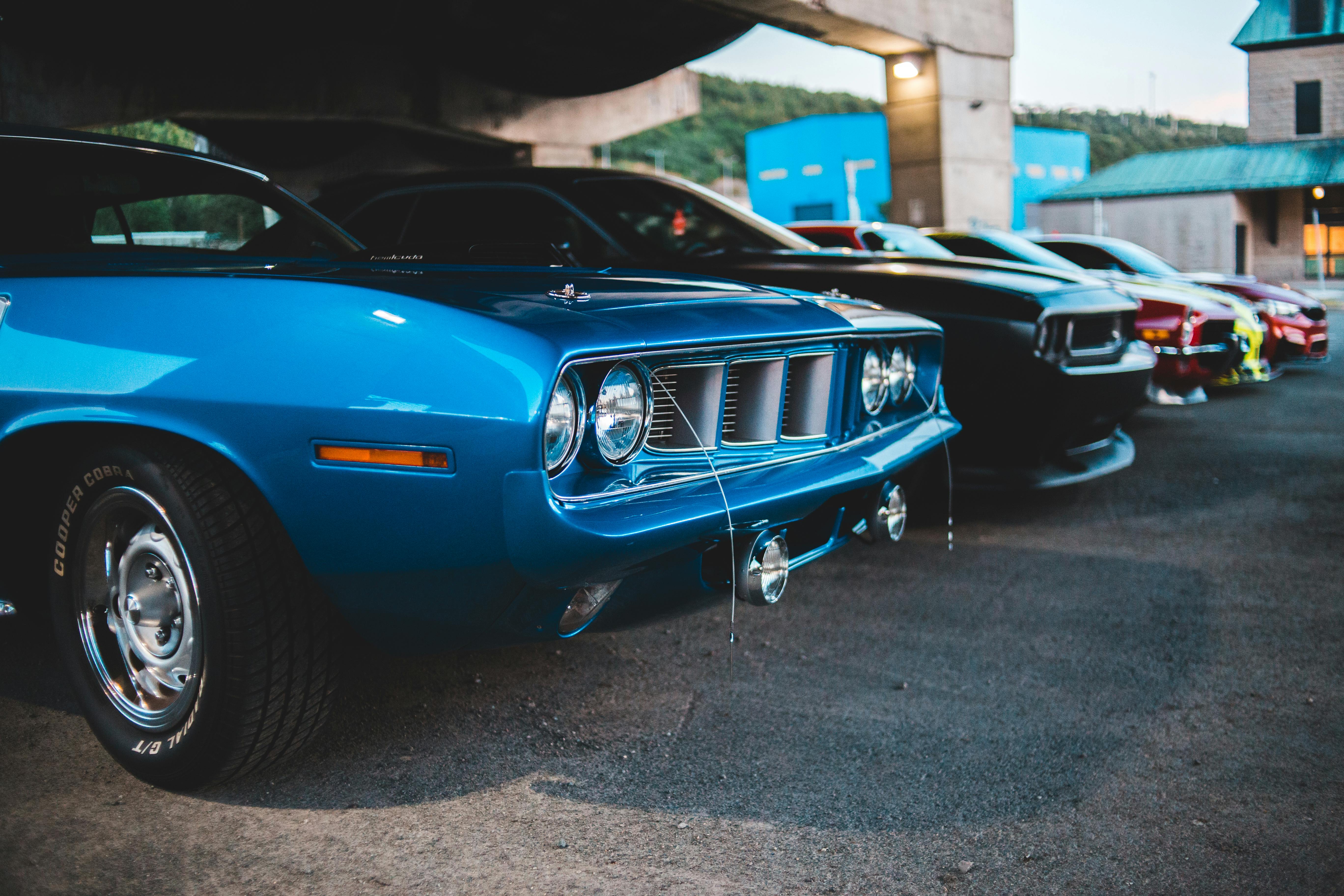The WordPress dashboard or the back-end of your website is the first screen you land on after logging into your WordPress site. The WordPress dashboard is the place where you start building, managing, maintaining, and customizing your WordPress website or blog. It is the place where you let your creativity explode so that you can create your website or blog in the way that suits your business.
The WordPress dashboard is also considered the behind-the-scenes that controls the functionality and appearance of your WordPress website or blog. It is known as a WordPress administrator or administrative panel. So, if you want to create a great WordPress site, you need to familiarize yourself with and understand all the settings and components of the WordPress dashboard.
In this article, we’ll go over the 11 most important settings and components that every WordPress site owner or webmaster should know about in order to create a great WordPress site. Please note that the settings explained in this article are the basic and default settings in the WordPress Dashboard. You may see additional settings and components in the dashboard depending on the theme or plugins you installed and activated on your WordPress site.
- Admin bar: This is the top toolbar of the WordPress dashboard. It contains some of the most useful links that can also be shortcuts to some of the most important tasks. For example, you can find links to the official WordPress site, WordPress Codex documentation, support forums, view your site, add a new post / page / medium / user, edit your profile, and log out.
- Five widgets: Welcome, At a Glance, Activity, Quick Draft, and WordPress News. These are the 5 default widgets displayed in the main space of your WordPress dashboard. These widgets give you a quick overview of what is happening on your site or blog along with some site statistics. They also give you some useful links to get started dealing with adding content, navigating, and customizing your WordPress site.
- Main navigation menu on the left– This is the menu on the left of the WordPress dashboard that has items and sub-items to perform the various tasks on your site. It has almost all the settings that control everything on your site. Therefore, the next most important setting on our list is the items included in this main navigation menu. To get to any sub-item of each item in the navigation menu on the left, you can click on the desired item to expand its sub-items or simply hover over the desired item to display its sub-items for you to choose from.
- Publications– Posts represent the blogging look of your WordPress website or blog. Posts are displayed on your WordPress site in reverse chronological order with the most recent post at the top. Posts are also called blog posts or articles. The post item has four sub-items which are All Posts, Add New, Categories, and Tags. On the All Posts screen, are all the posts that you or your users have made, whether they are published, scheduled, or saved as a draft. If you want to add a new post, you must use the Add New link to use the writing editor. However, you will use the Categories and Tags submenus to assign categories and tags to your posts.
- Media: Media is the setting in your WordPress dashboard that is responsible for loading and storing all the media on your WordPress website or blog. The sub-items of this item are Library and Add New. You can use the Add New link to upload new media such as images, audios, and videos. On the other hand, the Library is the section that stores all the loaded multimedia elements.
- Pages: Pages represent the static content of your site. You can use them to create unchanged information or information that rarely changes on your site. You can use them to create pages like About Us, Contact Us, Bios, Employees, and Home Page.
- Comments: The administrative comments screen is the screen that contains all the comments made on your WordPress site. Comments represent the interaction between you and your readers. From here, you can check all comment authors, perform some response actions like Approve / Not Approve, Reply, Quick Edit, Edit, or Move to Spam or Trash.
- Appearance: Appearance is one of the most important settings in the WordPress dashboard. With the Appearance element, you can change the entire look, feel, layout, and navigation of your website or blog while maintaining the essential software (Core) that operates your site. There are many submenus here, such as Themes, Personalize, Widgets, Menus, Header, and Editor.
- Accessories: The plugins element is also one of the most important settings in the WordPress dashboard. Plugins add more functionality and capabilities to your WordPress website or blog. There are thousands of plugins, most of them are free and you can find them on WordPress.org and some are paid or premium. By using the sub-elements, you can upload / install and activate plugins, as well as deactivate or deactivate and then remove from your site.
- Users: You can use the Users element to assign users to your site. This is a useful link, especially if you have a team or employees working on your WordPress website or blog. There are 5 different user roles with different access privileges. These 5 user roles are Administrator, Editor, Author, Contributor, and Subscriber.
- Settings: It is the last item on our list and it is an essential configuration of the WordPress panel. The sub-items for this article are General, Writing, Reading, Discussion, Media, and Permalinks. Note that you may see additional sub-items here depending on the plug-ins you have activated on your site. You can check out each of them to see the full settings available to manage your site.
I hope this article gives you a good overview of the most important components and settings of the WordPress dashboard.



